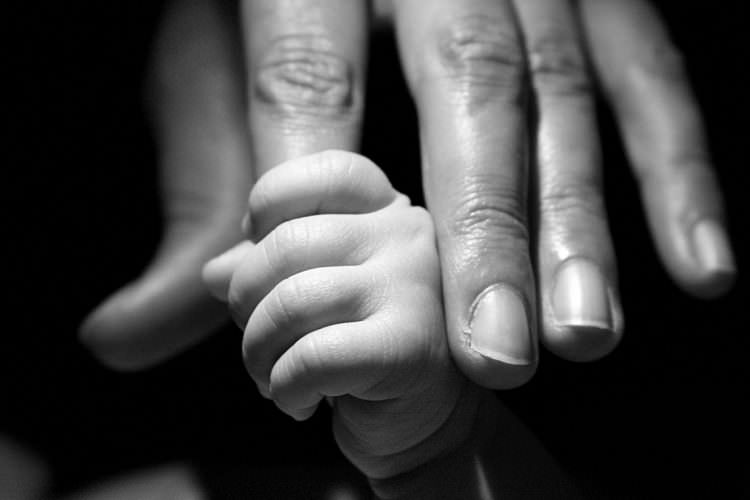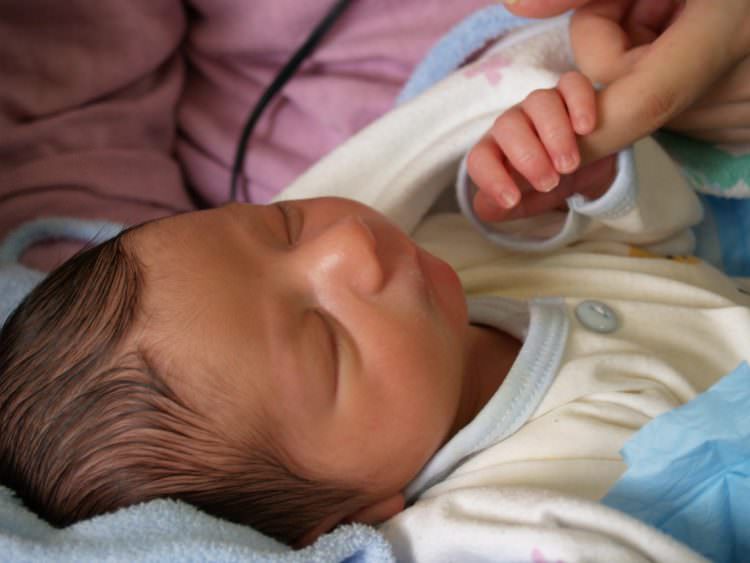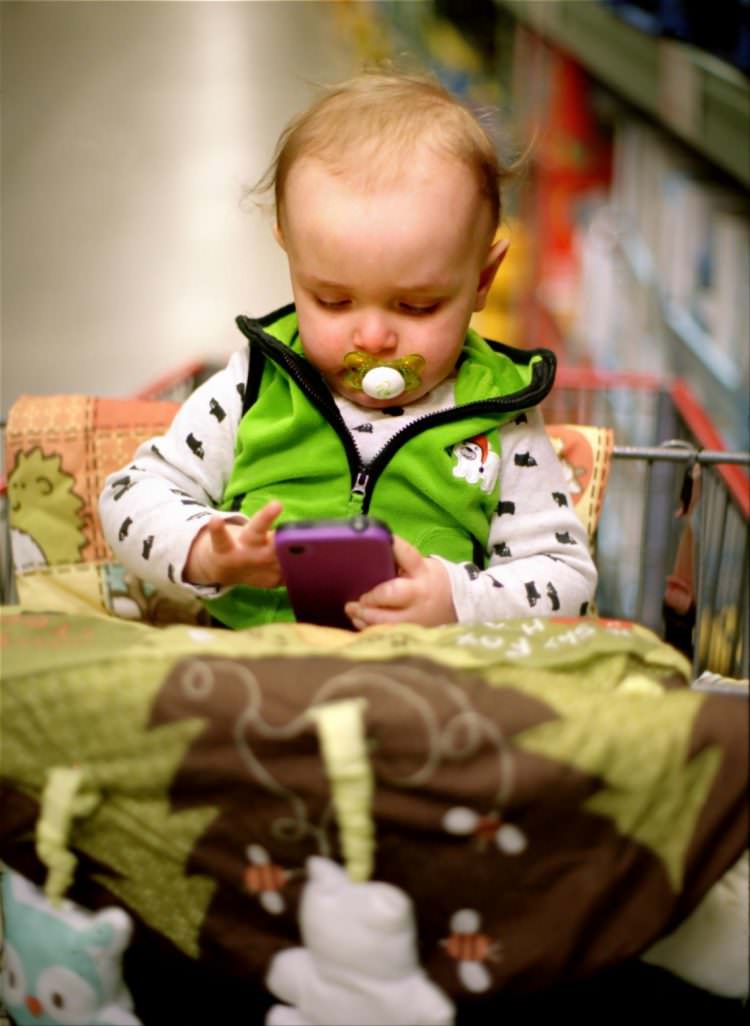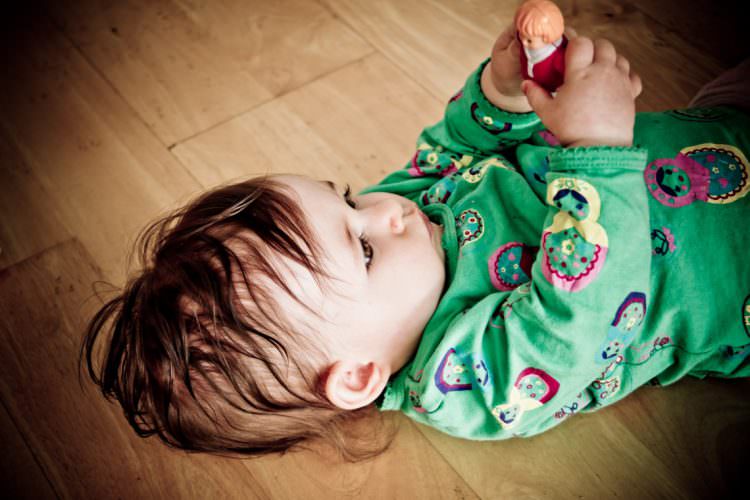In this guide you will find practical and easy to apply advice, with fun learning activities, to teach your baby the Pincer Grasp, and related fine motor developmental milestones.

From the instant your baby lays eyes on you until the time that he or she can start putting toys away, each new step in their early development is a milestone. All newborns have an instinctive need to grab, reach, and hold things with their tiny hands. With every passing month, you’ll notice how your baby goes from just pressing small and soft objects, to holding different items using all of their fingers and, ultimately, being able to feed themselves without any help.
From the moment they’re examining their hands and toes, crawling and cooing, until they learn how to hold a pencil to write their name, you’ll witness your child’s most amazing breakthroughs and developmental milestones first hand.
The process where your baby learns to master the movements of the hand, mouth and toes are part of what is commonly known as fine motor skills.
Knowing each stage will help you find ways to encourage your baby to develop in a healthy way, while playing and having fun at the same time. In this guide, you will discover which activities will help your child quickly evolve from the grasping reflex, as doctor’s call it, to mastering the art of picking up tiny objects – aka. The Pincer Grasp!
Grasping Reflex
During the first four weeks after birth, your baby will start to follow you around the house with his or her eyes. The very unique bond you establish with your newborn is arguably one of the most amazing things about this beautiful process. At this time your baby is able to use the whole fist to grab a small object (like your finger), and hold onto it for a few seconds.

This is an involuntary, instinctive reflex. Keep in mind that your baby’s hands are still very tiny and unable to hold onto anything, as their eye-hand coordination is just beginning to develop. However, by surrounding your baby with colorful and noisy objects you’ll also be stimulating curiosity.
Parent tip: You can help stimulate this reflex by placing stuffed animals near your baby. Squeezing Play-Doh also helps strengthen their little fingers -and makes a great game as well.
Reaching for Things
Reaching for things is commonly referred to as the palmar grasp reflex and is one of the ten most essential baby milestones. Between three and six months, the child will start to open their arms to reach up for things close to them. Some of the most common pincer grasp activities include placing dangling objects above the baby, such as shakers or any kind of items that make some sort of noise. Around the 6th month, about the time when your baby’s first tooth comes out, they’ll want to use their palm to start putting things into their mouth as well.
Parent tip: It’s very common to see 6 month old babies playing with their hands, placing them in front of their chest and examining their fingers. Use this as an advantage and play with your baby’s hands and feet at any given moment. These little games help create a very special connection between parent and child.
Inferior Pincer Grasp
Between six and nine months, get ready to find pots and pans spread on the floor and watch how your baby bangs on them with softer objects (such as wooden spoons). This “music” is part of the milestone known as the inferior pincer grasp, cleverly named after the specific way babies start to learn to grasp small finger foods (like a Cheerio) with the help of the sides of their thumbs, while resting their forearm on a table.
The baby can now hold on to soft blocks and play with them passing from one hand to another. As the first signs of the pincer grasp skill start to emerge, your baby will try to hold onto their spoon to feed themselves. Things are about to get messy! Nevertheless, once you notice they’re able to hold onto it for a few seconds at a time, let them try it during meals until they get used to it.
Parent tip: Make sure your entire house is baby-proofed and keep all of your valuable items out of their sight. At the same time, remember that once they master the inferior pincer grasp that means they’ll be throwing toys all over the place. Most toddlers enjoy this as much as they love tossing their apple puree on your favorite blouse. It’s only temporary, we promise!
Pincer Grasp
In simple terms, the pincer grasp is the ability your baby develops to hold small objects between her thumb and forefinger. Between nine and twelve months is when this skill is developed. This is one of the final stages of your little one’s fine motor skills, and it requires a lot of patience since children will want to start using crayons or pencils to dribble lines on any hard surface they can find. At this time your baby is also able to show isolated index finger movement, pointing at anything or anyone they want.
Parent tip: Before stressing out about leaving fragile objects around, think simpler – think smart phones. Kids as young as a year old are already able to pick up a phone and swipe through the touch screen. Download some age appropriate games on your phone or tablet and let them swipe away!

Superior Pincer Grasp
After your baby’s first year, between twelve and eighteen months, fine motor skills will continue to develop at a very rapid pace. Be ready to turn your house into a spontaneous art gallery, and no, we don’t mean let your kid’s inner Picasso run freely on your walls. Instead of forbidding your child from drawing anywhere in the playroom, start by providing them specific places where they actually have permission to let their imagination and fine arts skills run loose.
Parent tip: A simple way to help stimulate their pincer grasp is by placing objects within their reach -not too far so they don’t get frustrated- and encourage the baby to pick them up.
Twelve Developmental Milestones on the path to Grasping tiny objects
Your baby’s level of control over the small muscles in hands and fingers will gradually develop during the first two years of life. Below are the twelve most important milestones when it comes to grasping and learning the pincer grasp.
React to Toy by Moving Arms
Development Milestone emerges from age 1 to 3 months.
This is when your child moves or waves his arms as a reaction to you squeaking or shaking a toy in front of him. He sees the toy and it is almost as though he is “reaching” for the toy with his eyes. This is one of the first fine motor skills a child develops.
Related Activities
Observes Own Hands
Development Milestone emerges from age 2 to 3 months.
Your child has now discovered his hands. He will often move his hands into view so that he can explore what movements he can do with his hands and fingers. This later helps him to venture out to reach for objects because he is learning what his hands are capable of.
Reaches for Object
Development Milestone emerges from age 2 to 5 months.
In this stage, your child has the desire to grasp an object but is not able to. Your child reaches toward the interesting object with his backhand. He may even touch or move the object, but is unsuccessful at grasping it. Encourage your child to do this by showing him bright or loud toys!
Reaches and Shortly Grasps Object
Development Milestone emerges from age 4 to 5 months.
By four months, your child may have success at grasping an object. He will reach toward an object to grasp it and sometimes he may actually grasp it, but only for a brief moment.
In this stage, babies will usually reach with both arms and with their hands open. With more practice your baby will be able to adjust and more precisely reach and make contact with objects.
Reaches and Grasps Object
Development Milestone emerges from age 4 to 6 months.
With age comes more experience with reaching and grasping objects. Your child can now grasp an object for more than a second, and rather for multiple seconds and sometimes even longer.

Your child can reach for a smaller object with both hands moving out to the side and then into the object with his hands open.
Related Activities
Retrieves Dropped Object
Development Milestone emerges from age 5 to 6 months.
Due to your child only being able to grasp an object for a few second, he will drop his toys. By the end of 6 months your child can pick up and grasp a dropped object. In order for your child to succeed at this, he must have dropped the object within both his visual and reaching range.
Related Activities
Reach and Grasp with One Arm
Development Milestone emerges from age 7 to 9 months.
In this stage, your child can reach with his arm completely straight (at 180 degrees) and grasp an object. This also means that your child no longer needs to reach with both arms, he can reach and grasp with just one arm.
Related Activities
Wrist Control
Development Milestone emerges from age 9 to 10 months.
The ability for your child to extend his wrist and grasp small objects is the skill of moving his hands independently from his arms, which is a very important fine motor skill.
You can test to see if your child is capable of this skill by holding an interesting toy (like a rattle) within your child’s reach. Observe to see if your child reaches for the toy with wrist extension.
Related Activities
Turns Forearm
Development Milestone emerges from age 11 to 12 months.
By 12 months, your child is able to turn his forearm to show an object that he is holding in it. This skill allows him to be able to reach for objects.
You can practice and perfect this skill by playing small games with your child like “Give Me 5” or teaching them gestures like the sign for “All Gone” in Baby and American Sign Language.
Related Activities
Helps Turning Pages in a Book
Development Milestone emerges from age 14 to 15 months.
After you lift the page and separate it from the other pages of the book, your child takes the page and turns it.
Not sure if your child is able to do this? Observe your child once you hand him a book and see if he can open the book (or turn the first page).
Related Activities
Turn Multiple Pages in a Book
Development Milestone emerges from age 15 to 18 months.
By 18 months, most children can turn multiple pages of a book at a time. This skill can be practiced while reading your child a book and allowing him to turn the pages rather than you doing it yourself. It is also helpful to have board books since their pages are thicker and easier for your child to turn.
Turn Single Pages
Development Milestone emerges from age 21 to 24 months.
Your baby can now turn a page one by one rather than multiple pages at a time. This is an important skill for your child to have for the rest of his life.
This skill can be developed by allowing time each day for your child to discover books.
A Word of Caution
While your baby’s growth is arguably one of the most fascinating experiences you’ll enjoy watching as a parent, knowing all these milestones usually leads to a normal monitoring of your child’s every move. This can cause a certain amount of stress, especially if you’re a parent for the first time. We highly recommend you put yourself at ease with this fact: developmental delay is a very common thing in most children.
There is no need to be alarmed if your child skips a milestone or learns a certain fine motor skill sooner than another. Sure, you can definitely keep an eye on evident warning signs like your baby not meeting your glance, or not feeling interested to grab any objects at all. Not all babies start grabbing toys at the exact same time, neither do all babies start reaching for things around the same age.
But avoid jumping to the conclusion that your baby has a tragic condition based solely on a “late” fine skill development. Remember, each infant is different and unique and so are their learning processes.
It’s always a good idea to rely on the wisdom of more experienced family members who’ll pick on more hints of possible red lights faster. However, even in these cases be especially careful about comparing your own kid’s developmental milestones to others in your family. Children can easily perceive stress and unnecessary comparisons could damage their self-esteem.
Watching your toddler develop and grow before your eyes inspires love and care. Encourage your child’s motor grasp skills through activities specifically designed according to their age. Find resources and fun games for all ages here, and remember that what we learn with pleasure and fun, we simply never forget!
Browse our collection of fun Learning Activities
Learn more about Fine Motor Skills
Read our complete guide to Baby and Toddler Developmental Milestones





Leave a Reply